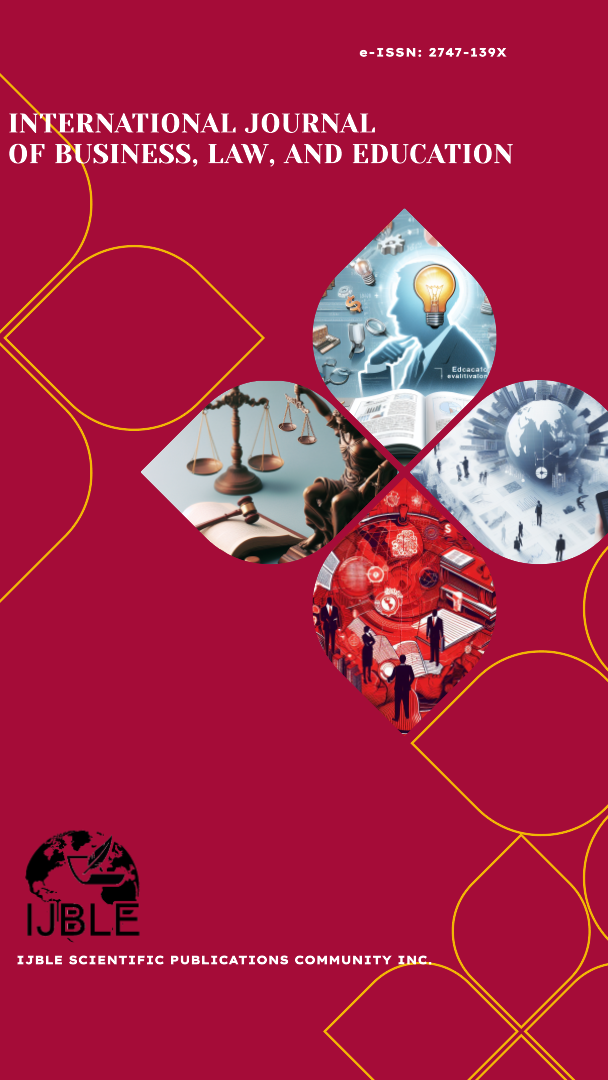Legal Protection for Customers Related to the Minimum Transaction Limit for Gold Bullion Business
DOI:
https://doi.org/10.56442/ijble.v6i2.1156Keywords:
Bullion Business, Minimum Gold Transaction, Financing AgreementsAbstract
Gold is currently considered a profitable investment asset, and Indonesia is one of the countries with high gold production, contributing 4.15% of the world's gold supply. The government has responded to this potential by establishing bullion businesses as regulated in Law No. 4 of 2023 on the Development and Strengthening of the Financial Sector and Financial Services Authority (OJK) Regulation No. 17 of 2024 on the Implementation of Bullion Business Activities. However, a legal issue has arisen in the form of a legal vacuum (rechtvacuum) regarding the minimum transaction threshold for gold in Gold Financing activities, which, according to Article 9(2) of the aforementioned POJK, is set at a minimum of 500 grams for the first transaction. This provision is deemed to not reflect proportional justice and hinder the principle of public benefit. This study employs a normative legal method with a legislative and conceptual approach to examine and formulate a more fair and beneficial minimum threshold for gold transactions, as well as address two research questions: (1) how the minimum threshold for gold transactions in bullion business activities is regulated based on POJK No. 17 of 2024, and (2) how legal protection for customers related to this provision is reviewed from the perspective of the Theory of Proportional Justice
Downloads
Published
How to Cite
Issue
Section
License

This work is licensed under a Creative Commons Attribution-NonCommercial-ShareAlike 4.0 International License.




